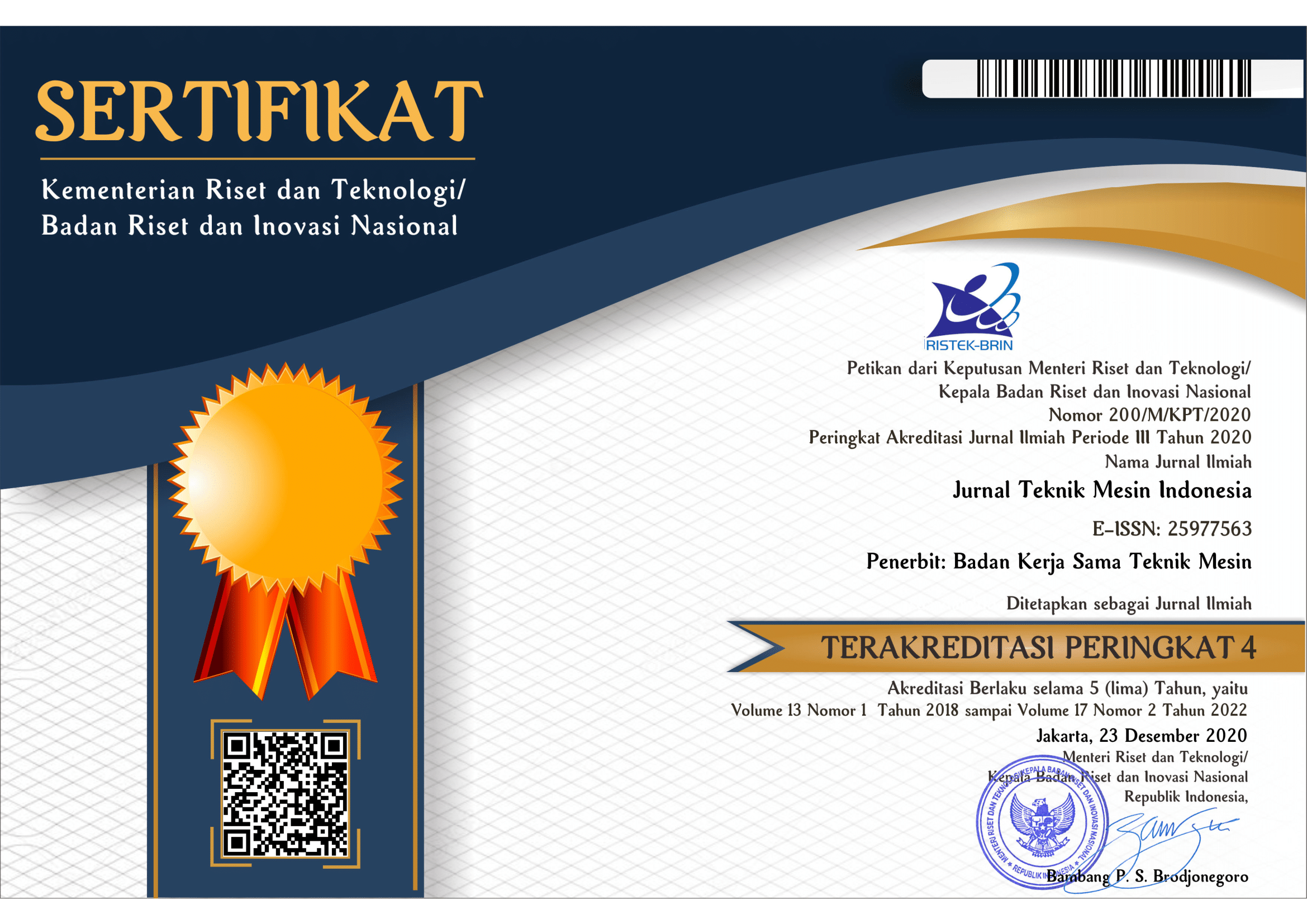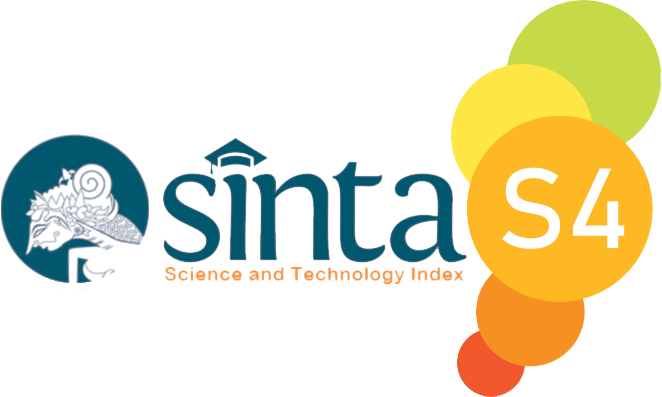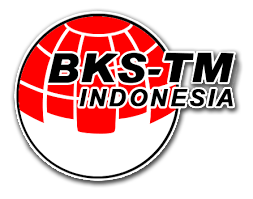Optimization of Hammer-Disc Mill Parameters During Producing Gluco-mannan Flour Using Taguchi Method
DOI:
https://doi.org/10.36289/jtmi.v19i02.758Abstract
Porang tubers contain glucomannan, which has health benefits for the human body. However, glucomannan also contains calcium oxalate, which is toxic. A Hammer-Disc mill (HDM) machine was used to separate glucomannan and calcium oxalate, categorized as a mechanical process. This study aims to optimize the parameters of the Hammer-Disc Mill machine for producing glucomannan flour by using the Taguchi Method. The selected parameters are the mass of the porang chip, motor rotation speed, and the distance of the hammer blades. The Taguchi Method was used to design an experiment using the Orthogonal Array L9 (3 factors, 3 levels). In this study, statistical analysis was carried out using Analysis of Variance (ANOVA) to determine each parameter's effect on glucomannan production. The glucomannan granules were taken using a screener of 60-80 mesh. The results show that the input mass parameter of porang chips significantly affects the glucomannan produced, which, F calculating 10,91 was more than f Table 5,41. The contribution of mass input of porang chips in percentage is 85.36%. Based on the results of the best response, the optimal condition for the production of glucomannan flour is to use a mass of 1 kg of porang chip input (level 3), motor rotation speed of 3000 rpm (level 3), and hammer spacing of 1 cm (level 3). By optimizing this parameter it is expected to increase the yield of glucomannan produced by the Hammer-Disc Mill machine.










